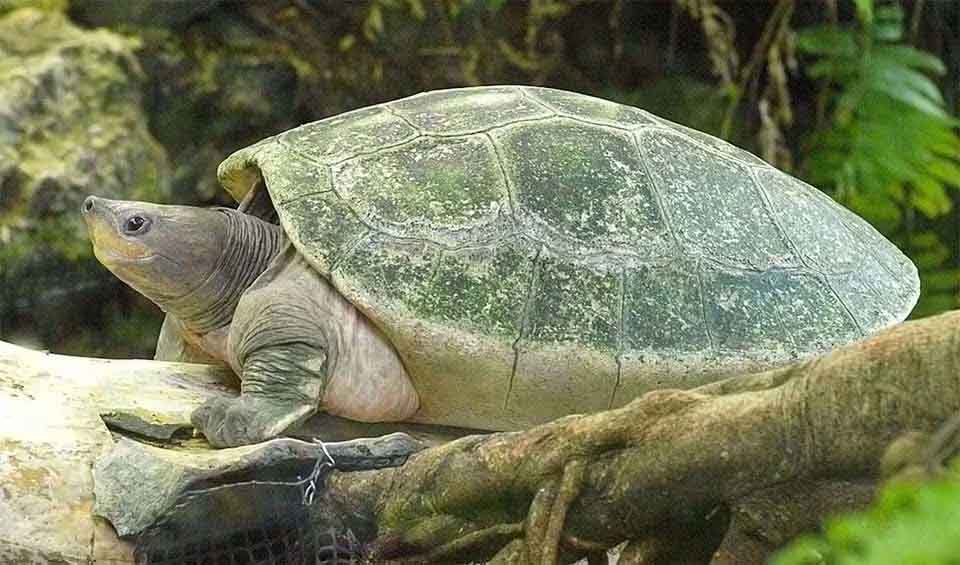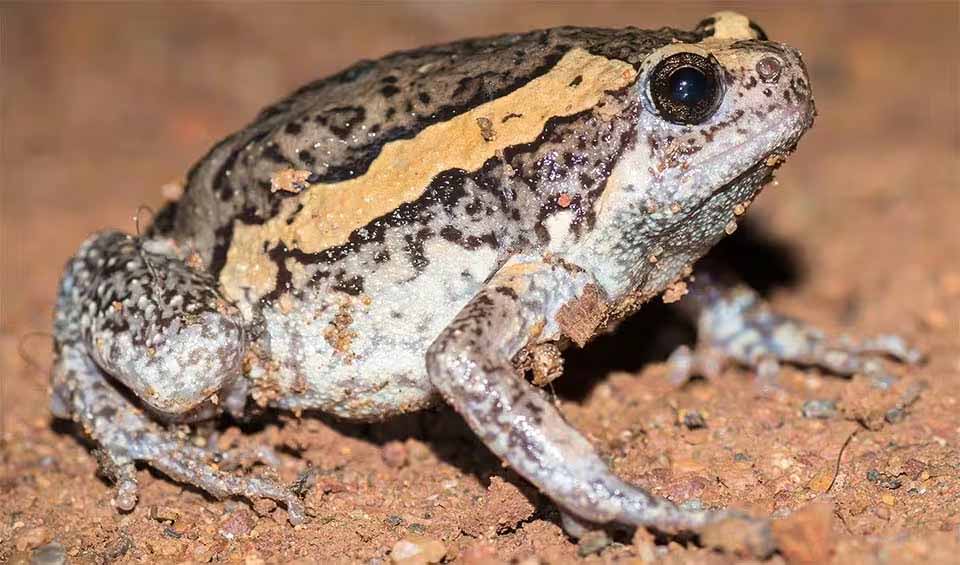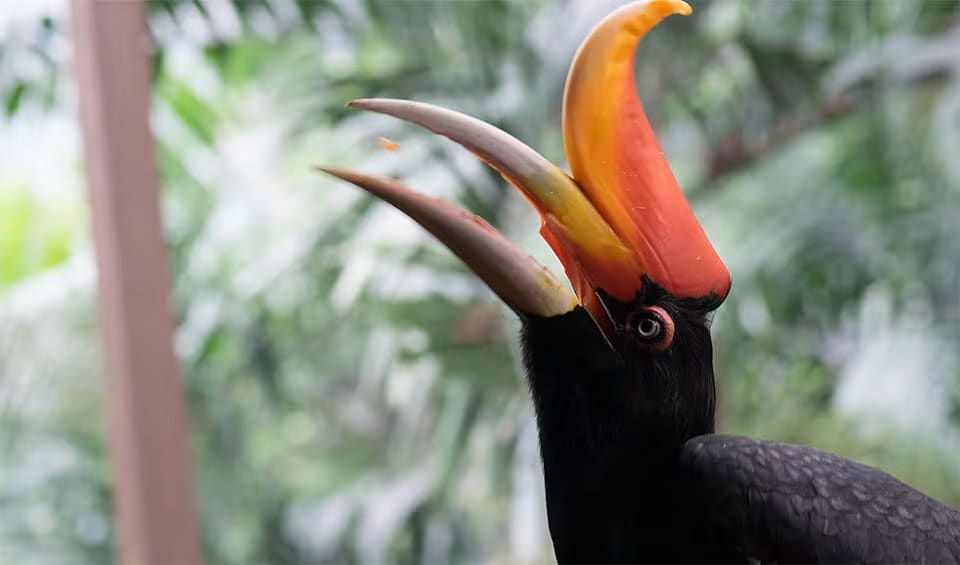Malaysia ranks as one of the world’s 17 megadiverse countries and holds the 12th position on the National Biodiversity Index. This index measures a country’s richness and endemism across four classes of terrestrial vertebrates and vascular plants. The heart of Malaysia’s biodiversity is its tropical rainforests, which have evolved over 130 million years, cultivating an immensely rich diversity of flora and fauna.
To date, approximately 1.75 million species have been identified within these forests, but scientists estimate the actual number could be as high as 13 million, though general estimates range from 3 to 100 million species. This staggering biological diversity underscores Malaysia’s global ecological significance.
Four pillars elaborated:
As of 2013, Malaysia’s marine protected areas encompass 248,613 hectares (2,486.13 km²) under the management of the Department of Marine Park Malaysia, including 42 islands in Peninsular Malaysia and federal territories designated as marine parks, plus another 32 islands within these waters. These areas, which represent about 20% of Peninsular Malaysia and its federal territories, safeguard diverse habitats like coral reefs, seagrass beds, and mangrove forests. Additionally, 73,793 hectares (738 km²) of marine protected areas in Sabah are managed by Sabah Parks, while the Sarawak Forestry Department oversees 234,362.4 hectares (2343.624 km²) in Sarawak. Land Management
Land Management
On land, about 60% of Malaysia’s total area remains forested, encompassing various types of forests and protected areas. This reflects Malaysia’s ongoing commitment to preserving at least 50% of its land as forest and tree cover, a pledge made at the 1992 Rio Earth Summit. Furthermore, 10.6% of the land is designated as terrestrial protected areas, with the remainder utilized for agriculture, plantations, and urban development.
In Malaysia, biodiversity is under threat from various factors including ecosystem and species disruption due to land development, pollution, poaching, illegal collection, encroachment, climate change, and invasive alien species. Historically, invasive species have impacted all sectors, but the agricultural sector has been the most severely affected. These threats are driven by economic growth and the escalating demand for food, agricultural commodities, goods, and services. Additionally, there is a growing market for exotic wild meat, traditional and herbal remedies, wild animals as pets, and ornamental plants sourced from the wild. Threats to Biodiversity
Threats to Biodiversity
Malaysia is deeply committed to conserving its biodiversity, designating 10.6% of its land and extensive marine areas as protected zones, including notable initiatives like the Heart of Borneo and the Coral Triangle Initiatives. Efforts extend to transboundary protected areas with neighboring countries and nationwide projects like the Central Forest Spine to maintain ecological connectivity. Capacity and Governance
Capacity and Governance
Additionally, Malaysia focuses on ex situ conservation, with numerous wildlife conservation centers and seed gene banks aimed at preserving genetic diversity and supporting species reintroduction, such as the Milky Stork and gaur. To combat the threat of invasive species, a comprehensive National Action Plan has been developed, and the Ministry of Natural Resources and Environment actively documents traditional knowledge, further supporting biodiversity conservation efforts.
Malaysia has developed a National Policy on Biological Diversity for 2016-2025, aimed at advancing scientific understanding of biodiversity and establishing strategies for its efficient management. A primary objective of this policy is to bolster the resilience of crucial ecosystems, species, and genetic diversity. Future Trends
Future Trends
Biodiversity
Malaysia is renowned for its extraordinary biodiversity, boasting some of the world’s most diverse ecosystems, ranging from tropical rainforests and mangrove swamps to coral reefs and mountain highlands. The country is divided into Peninsular Malaysia and Malaysian Borneo, each featuring distinct ecological regions. Peninsular Malaysia is home to the Taman Negara National Park, one of the oldest rainforests in the world, where over 15,000 species of plants, 700 species of birds, and 358 mammal species, including the Malayan tiger, Asian elephant, and Sumatran rhinoceros, can be found. The highlands, such as those in the Cameron Highlands, host a unique array of flora, including the Rafflesia, the world’s largest flower, and various species of orchids and ferns.Malaysian Borneo, which includes the states of Sabah and Sarawak, is part of the island of Borneo, one of the most biodiverse places on Earth. The rainforests of Borneo are home to iconic species such as the orangutan, the Bornean pygmy elephant, and the proboscis monkey. Mount Kinabalu, Southeast Asia’s highest peak, is a significant biodiversity hotspot with over 5,000 plant species, including numerous endemics. Malaysia’s coastal and marine environments, particularly around the Coral Triangle, are rich in marine life, including more than 600 species of coral and a vast array of fish, sea turtles, and other marine organisms.
In the table below are the number of known species in several main groups, how many of these species are Threatened with extinction, and how many of them are Endemic (unique to Malaysia only):
| Species (World rank) |
Threatened | % Threatened | Endemic | % Endemic | |
|---|---|---|---|---|---|
| Mammals | 358 (#22) | 71 | 19.8% | 34 | 9.5% |
| Birds | 726 (#33) | 68 | 9.4% | 9 | 1.2% |
| Reptiles | 519 (#13) | 31 | 6.0% | 158 | 30.4% |
| Amphibians | 279 (#13) | 35 | 12.5% | 109 | 39.1% |
| Fishes | 1,960 (#17) | 161 | 8.2% | 50 | 2.6% |
| Plants | 15,500 (#14) | 727 | 4.7% | 1,616 | 10.4% |
mammals
Malayan tapir
The largest tapir species in the world and the only one found in Asia
Stump-tailed macaque
Their faces start out pink and red when they’re young, but as they get older, they turn darker, almost brown or black
Sunda clouded leopard
Due to their fur being darker with a smaller cloud pattern than clouded leopards, they were classified as a new species in 2006
birds
Black-browed barbet
In some parts of Malaysia, they are believed to be the messengers of the gods
Masked finfoot
They are certified swimmers ruling mangroves and nearby bushes, but unfortunately, not many of them are left
Green peafowl
The large forest bird is amongst the largest Galliformes; can hunt venomous snakes!
reptiles
Paradise flying snake
A snake that can fly? Well, not exactly fly, but glide through the air like a superhero
Painted terrapin
Named for the presence of a red strip on their shell during breeding season!
Tomistoma
‘Tomistoma,’ the scientific name of false gharial, literally means ‘sharp mouth’
amphibians
Long-nosed horned frog
The “horn” structure on its nose helps break up its outline, making it harder for predators to spot
Banded bullfrog
These frogs don’t “croak”—their call sounds more like a dog’s bark!
American bullfrog
Introduced to many regions where it is now considered an invasive species
National Animals
Tiger
3,000 in the wild and 10,000 in captivity., tigers are being treated as Selfie props than wildlife
Rhinoceros hornbill
35 years. That’s how long it can live in captivity. But, does that equal its time in the rainforests of Borneo, among high canopy greens?


















